Category: Genetics
-
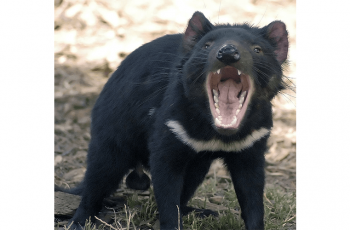
Devils, Chromosomes and Cancer
This is a good follow-up activity to the Tasmanian Devil Karyotype, where students examine how the chromosomes of cancerous cells can be altered. It is a short read about a transmissible cancer found in Tasmanian devils which causes facial tumors. This cancer, known as is has already killed 85% of the overall population and threatens…
-
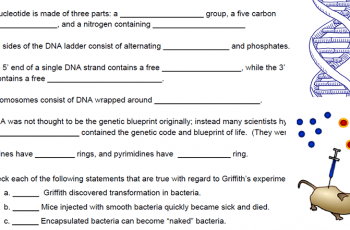
Reinforcement: DNA
This worksheet was designed for 2nd year biology (AP Biology) as a way for students to review the structure of DNA and the history of the experiments that lead to its establishment as the molecule of heredity. Historical references include those related to Frederick Griffith’s experiments with transformation in bacteria and Hershey-Chase experiments with bacteriophages.…
-
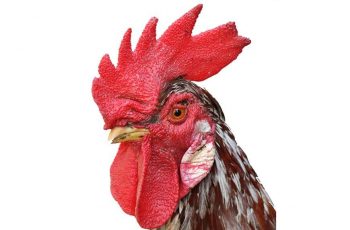
Genetics of Chicken Combs
The combs of chickens are controlled by four alleles, which interact to produce four distinct phenotypes: single, rose, pea, and walnut. In this exercise, students predict the outcomes of chicken crosses. Ideally, students should already know how to do crosses that involve two traits, the mechanisms for solving these problems are similar. My honors biology…
-
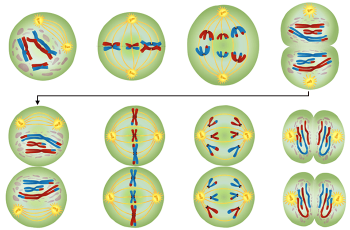
Meiosis Worksheet
Reinforce concepts related to meiosis and sexual reproduction. Students compare terms such as diploid and haploid, and label an image.
-
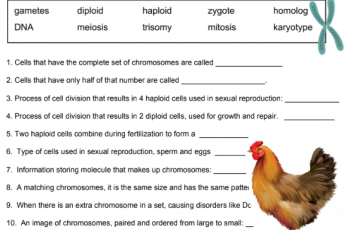
Reinforcement: Chromosomes
Helpful review on chromosomes which focuses on terms such as diploid and haploid, mitosis and meiosis, and zygote versus gamete. Students also practice chromosome math using chickens as a model, which have 78 chromosomes in body cells. Worksheet is intended as a review for basic level biology students.
-
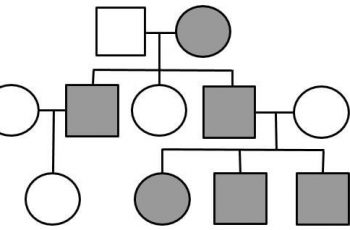
Pedigrees – Human Genetic Disorders
Students practice identifying genotypes on pedigree charts. Focus on human genetic diseases, such as albinism, dwarfism, tay-sachs, and sickle cell anemia.
-
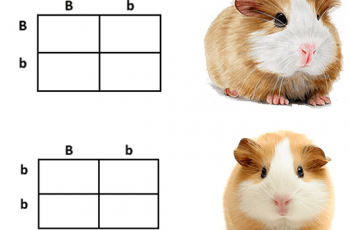
Genetics Practice Problems – Easy Mode
This worksheet was created for an introductory level biology class. This worksheet is designed to move through difficulty levels, so students start with “easy mode,” then moving to “normal” and then finally “hard mode.” Students can move at their own pace, which instructors can help students who are struggling.
-
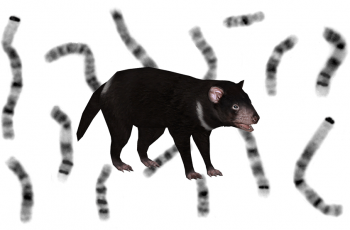
Karyotype of Tasmanian Devil Chromosomes
Students cut out each chromosome and organize them in pairs based on their patterns and size, they number them to determine the diploid number for the species and then consider a situation where the animal has an extra chromosome. Students must determine which set has the extra chromosome and consider the concept of trisomy.
-
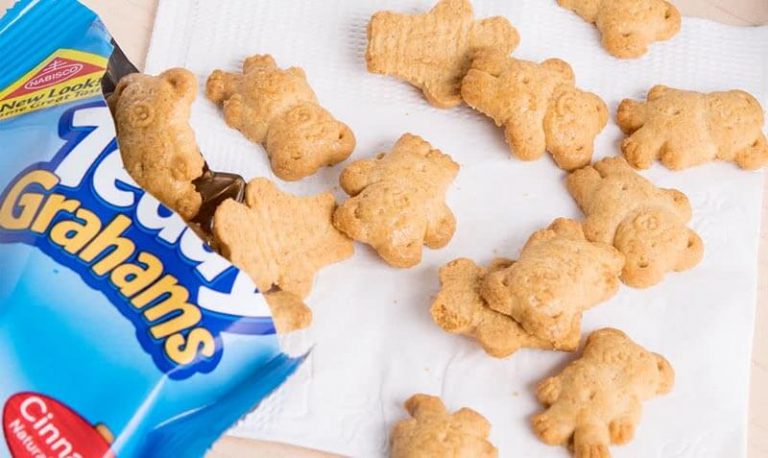
Teddy Graham Lab Modeling HW Equilibrium
Model Hardy Weinberg equilibrium using Teddy Grahams. Compare happy bears to sad bears.
-
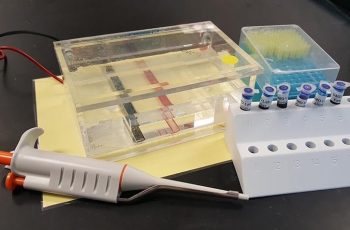
Investigation: Gel Electrophoresis and DNA
This procedural lab is a great compliment for genetic studies where students learn about sex linked genes and mutations. The allele for Duchenne Muscular Dystrophy is located on the X chromosome and is associated with a deletion mutation for that region.
-
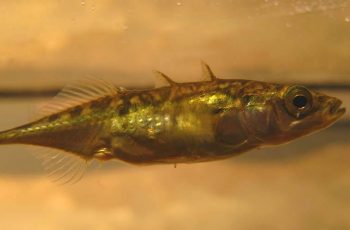
Investigation: Gene Switches in Stickleback Fish
This activity was modified from HHMI’s “Modeling the Regulatory Switches of the Pitx1 Gene in Stickleback Fish” The activity is presented as a type of investigation or case study where students examine regulatory switches and was a short film that describes the role of the Pitx1 gene in the development of spines. Students can work…
-
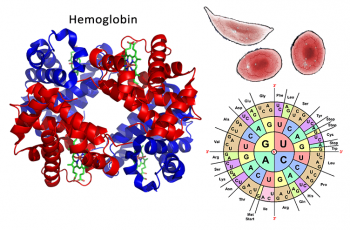
DNA, Proteins, and Sickle Cell
In this activity, students use a codon chart to compare the DNA sequence of HbA (normal hemoglobin) to HbS (sickle cell). The DNA differs in a single base, where the codon for normal hemoglobin codes for glutamine, and the mutant form codes for valine.
-

Dog SNPs and Curly Hair
In an effort to add more real data to the DNA (genetics) unit, I added a shortened form of the HHMI activity: “Mapping Genes to Traits in Dogs Using SNPs” The activity on HHMI is too advanced for freshman level biology, but I thought it would be a good introduction to DNA sequences. The activity…
-
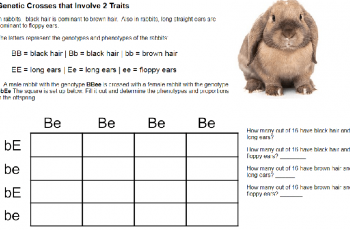
Genetic Crosses with 2 Traits with Rabbits
Beginning biology students can struggle with dihybrid crosses and setting up Punnett squares that have two traits. When tackling this concept, make sure students are familiar and competent with basic genetic crosses and setting up Punnett squares for a single trait. For example, a tall (Tt) plant is crossed with a short plant (tt). Once…
-
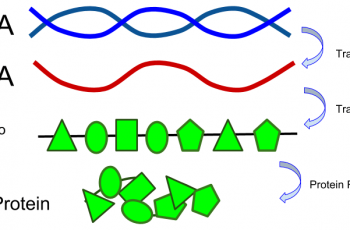
DNA, Proteins, and Mutations
Students explore how DNA becomes a function protein by using a codon chart to transcribe and translate a gene. They compare the gene found in humans to that found in other animals, deducing that the genes are very similar with only slight changes. Finally, students examine the different types of mutations and how a…

